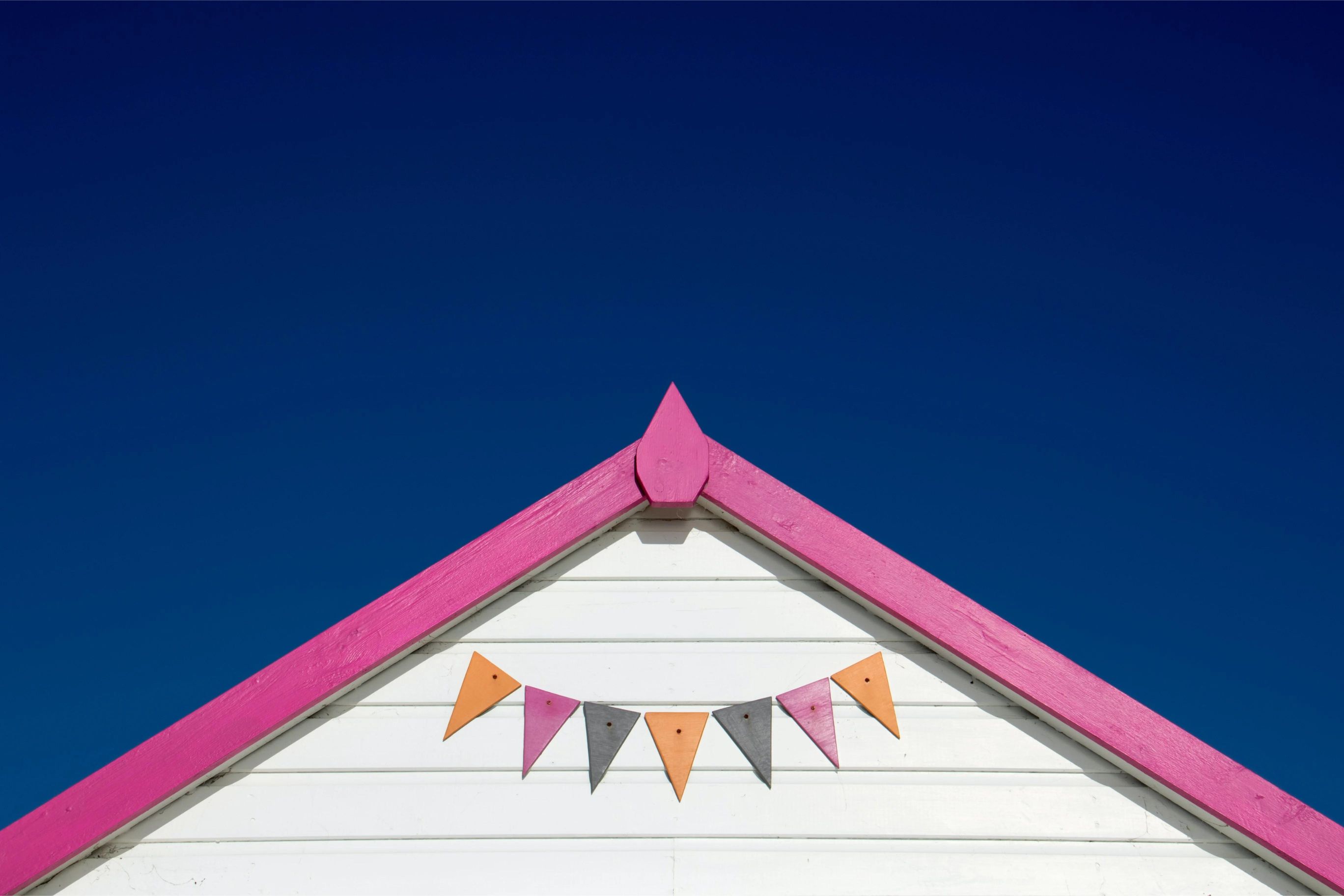

Articles
How To Pick A Roof Color
Modified: December 7, 2023
Learn how to choose the perfect roof color for your home with our informative articles. Discover tips, trends, and expert advice for a stunning and cohesive look.
(Many of the links in this article redirect to a specific reviewed product. Your purchase of these products through affiliate links helps to generate commission for Storables.com, at no extra cost. Learn more)
Introduction
Choosing the right color for your roof is an important decision that can greatly impact the overall appearance of your home. Whether you’re replacing an existing roof or building a new house, selecting a roof color requires careful consideration. Not only does it affect the aesthetics of your property, but it also plays a role in energy efficiency and can even be subject to homeowner’s association guidelines.
In this article, we will explore the factors to consider when picking a roof color, including architectural style, climate, energy efficiency, homeowner’s association requirements, and personal preference. We will also provide tips for choosing the perfect roof color and considerations for different roof materials. Additionally, we will discuss how you can test different roof colors to ensure a satisfying outcome.
By the end of this article, you will have a clear understanding of the various elements to consider when selecting a roof color, allowing you to make an informed decision that enhances the beauty and functionality of your home.
Key Takeaways:
- Consider architectural style, climate, energy efficiency, HOA guidelines, and personal preference when choosing a roof color to enhance your home’s beauty and functionality.
- Test different roof colors to visualize how they will look on your home, ensuring a confident and satisfying choice that reflects your unique style and personality.
Read more: How To Pick Grout Color For Backsplash
Factors to Consider
When it comes to choosing a roof color, there are several factors that should be taken into consideration. These factors will help you narrow down your options and ensure that the color you choose complements your home’s architecture and environment. Let’s explore the key factors to consider:
- Architectural Style: The architectural style of your home should be a guiding factor in selecting a roof color. Traditional homes often look best with earthy tones, such as browns and grays, while modern homes can handle bolder colors like blues or even reds. Consider the overall aesthetic you want to achieve and choose a color that complements the style of your home.
- Climate: Your local climate plays a crucial role in determining the ideal roof color. In hot climates, light-colored roofs reflect heat and help keep the interior of the home cool. In colder climates, darker roofs can absorb heat and aid in melting snow. Consider the weather patterns in your area and choose a roof color that will optimize energy efficiency and comfort for your home.
- Energy Efficiency: Energy efficiency is an important consideration in today’s environmentally conscious world. Reflective roof colors can reduce the absorption of heat and lower energy consumption by keeping the home cooler. This can translate into significant savings on cooling costs during the summer months. Look for roof colors with high solar reflectance values (SRVs) to maximize energy efficiency.
- Homeowner’s Association Guidelines: If you live in a community with a homeowner’s association (HOA), it’s important to review their guidelines regarding roof colors. Some HOAs have strict regulations on the allowable colors to maintain a cohesive look within the neighborhood. Make sure to consult your HOA guidelines before making a final decision on your roof color.
- Personal Preference: Ultimately, your personal preference should also be taken into account. Your home is a reflection of your style and personality, so choose a roof color that you love and feel proud of. Consider the color scheme of your exterior walls, landscaping, and other elements to ensure a harmonious overall look.
By considering these factors, you can make an informed decision on the right roof color that enhances the architectural style, aligns with the climate, offers energy efficiency benefits, adheres to any HOA guidelines, and reflects your personal taste.
Architectural Style
The architectural style of your home is an essential factor to consider when selecting a roof color. Different architectural styles have distinct characteristics and evoke specific moods or themes. By choosing a roof color that complements the style of your home, you can create a cohesive and visually appealing look. Here are some guidelines for selecting roof colors based on architectural styles:
- Colonial or Federal Style: These traditional, symmetrical homes often look best with classic colors such as black or dark gray. These colors can enhance the timeless elegance of these architectural styles.
- Tudor or European Style: The distinctive features of Tudor or European style homes, such as exposed wooden beams and stone accents, can be complemented by earthy tones like browns or deep reds. These colors create a warm and inviting atmosphere.
- Craftsman or Bungalow Style: Craftsman or bungalow homes typically feature natural materials and earthy tones. Colors like olive green, rustic browns, or warm reds can enhance the organic and cozy feel of these homes.
- Modern or Contemporary Style: If you have a modern or contemporary home, you have more flexibility with roof colors. Bold colors like vibrant blues, sleek blacks, or even metallic shades can add a touch of sophistication and create a striking contrast to the clean lines of modern architecture.
- Mediterranean or Spanish Style: Mediterranean or Spanish-style homes often feature clay tile roofs in warm terracotta hues. Embracing these warm tones or opting for colors inspired by the surrounding landscape, such as sandy beige or deep blue, can enhance the charm and character of these homes.
It’s important to consider the existing color scheme of your home’s exterior when selecting a roof color. Look at the shades of your brick, siding, or stonework, and use them as a guide. Remember, the goal is to create a harmonious and cohesive look that highlights the architectural style and creates an inviting curb appeal.
Climate
The climate in which you live plays a crucial role in determining the ideal roof color for your home. Different roof colors can have a significant impact on the temperature inside your home, energy consumption, and overall comfort. Consider these factors when selecting a roof color based on your climate:
Hot Climates:
In regions with hot climates, such as desert areas or tropical regions, it is important to choose a roof color that helps to reflect sunlight and reduce heat absorption. Light-colored roofs, such as whites or light grays, are known for their high solar reflectance, which means they reflect a significant amount of sunlight back into the atmosphere. These lighter shades help to keep the interior of your home cooler by preventing heat from penetrating through the roof. By reducing heat absorption, you can lower cooling costs and improve energy efficiency.
Cold Climates:
In colder climates, where heating costs are a concern, darker roof colors can be beneficial. Dark shingles, such as deep browns or blacks, can absorb more heat from the sun’s rays. This heat absorption can help in melting snow or ice on the roof, preventing the formation of ice dams. Additionally, the absorbed heat can also contribute to warming the interior of your home, reducing the reliance on heating systems and saving energy.
Moderate Climates:
In moderate climates, where the temperature ranges between hot and cold, you have more flexibility in choosing a roof color. Lighter shades can still offer some heat reflection benefits during the hotter months, while darker colors can help retain heat during colder periods. Neutral colors like grays, browns, or beiges are popular choices in moderate climates as they offer a balance between aesthetics and energy efficiency.
Consider consulting with a local roofing professional who is familiar with the climate conditions in your area. They can provide valuable insights and recommendations on the roof color that would be most suitable for your specific climate.
By selecting a roof color that aligns with your climate, you can optimize energy efficiency, reduce energy costs, and create a comfortable living environment for your home.
Energy Efficiency
When choosing a roof color, it’s important to consider the impact on energy efficiency. The color of your roof can affect how much heat is absorbed or reflected by your home, which can significantly impact your energy consumption and costs. Here are some factors to consider when selecting a roof color for optimal energy efficiency:
Reflectivity:
The reflectivity of a roof color, also known as its solar reflectance, refers to its ability to reflect sunlight and heat away from the roof’s surface. Light-colored roof materials have high solar reflectance, meaning they reflect a larger amount of sunlight and heat, keeping the interior of your home cooler. This can help reduce the need for air conditioning and lower cooling costs during hot summer months.
Emissivity:
Emissivity refers to a roof’s ability to radiate absorbed heat back into the atmosphere. High emissivity materials release heat quickly, resulting in a cooler roof surface. Combined with high reflectivity, high emissivity helps keep the roof and the underlying structure cooler, reducing the strain on cooling systems and improving energy efficiency.
Cool Roof Coatings:
In addition to choosing a light-colored roof, you can enhance energy efficiency by applying a cool roof coating. Cool roof coatings are highly reflective, reducing heat absorption and improving the overall energy efficiency of your home. These coatings can be applied to existing roofs or incorporated into the manufacturing of new roofing materials.
Regional Considerations:
The ideal roof color for energy efficiency can vary depending on your geographical location. Factors such as the intensity of sunlight, average temperatures, and prevailing weather conditions should be taken into account. Climate-specific recommendations can guide you in selecting the most suitable roof color for your area.
Consider consulting with roofing professionals or energy efficiency experts who specialize in your region. They can provide guidance on the most energy-efficient roofing solutions for your specific climate and help you make an informed decision on the best roof color to reduce energy consumption and costs.
By prioritizing energy efficiency when choosing a roof color, you can contribute to a greener environment, save on energy bills, and create a more comfortable living space for your home.
Homeowner’s Association Guidelines
If you live in a neighborhood with a homeowner’s association (HOA), it’s important to review their guidelines or covenants before choosing a roof color. Many HOAs have specific requirements and restrictions regarding the allowable colors for roofs. These guidelines are in place to maintain a cohesive and coordinated appearance within the community.
Here are some important considerations when it comes to homeowner’s association guidelines for roof colors:
Approved Color Palette:
Your HOA may have a pre-approved color palette or a list of acceptable roof colors that you must choose from. This ensures that all homes within the community maintain a uniform and harmonious appearance. Make sure to obtain a copy of the approved color palette or guidelines and check if your desired roof color falls within the guidelines.
Restrictions on Bright or Bold Colors:
Sometimes, HOAs restrict the use of bright or bold colors for roof materials. They may require more neutral or traditional colors that blend well with the surrounding homes. This is done to prevent any individual homeowner from disrupting the overall aesthetic of the neighborhood.
Application Process and Approval:
Before installing a new roof or changing the color of your existing roof, you may need to obtain approval from the HOA. They might require you to submit an application outlining your proposed roof color and provide samples or swatches for review. It’s crucial to follow the proper procedures and acquire the necessary approvals to avoid any violations or fines.
Exceptions and Special Circumstances:
In certain cases, HOAs may grant exceptions or make accommodations for unique circumstances. For example, if your home has historical significance or is in an area with specific architectural requirements, the HOA might be more flexible regarding roof colors. It’s advisable to communicate with your HOA board or architectural review committee to discuss any special considerations.
Before making a final decision on a roof color, consult your HOA’s guidelines and seek clarification if needed. It’s better to be proactive and ensure compliance with the rules to maintain a positive relationship with your homeowner’s association.
By adhering to homeowner’s association guidelines, you can avoid potential conflicts, preserve the aesthetic integrity of the community, and maintain a cohesive look among the homes in your neighborhood.
Consider the climate in your area when choosing a roof color. Light colors reflect sunlight and can help keep your home cooler in hot climates, while dark colors can absorb heat and provide warmth in colder climates.
Personal Preference
While there are several practical factors to consider when choosing a roof color, personal preference should not be underestimated. After all, your home is a reflection of your individual style and taste. Selecting a roof color that aligns with your personal preference will ensure that you feel proud and satisfied with your home’s overall appearance. Here are some tips to help you make a decision based on personal preference:
Color Psychology:
Consider the emotions and moods associated with different colors. For example, warm colors like red, orange, or yellow evoke feelings of energy, warmth, and excitement. Cool colors like blue or green create a sense of calmness and serenity. Think about the atmosphere you want to create and how the roof color can contribute to that ambiance.
Harmonizing with Exterior Elements:
Take into account the existing color scheme of your home’s exterior. Look at the hues of the siding, brick, stone, or other architectural elements. The roof color should complement and harmonize with these elements, creating a cohesive and visually pleasing overall look.
Consider the Neighborhood:
While personal preference is important, it’s also worth considering the overall character of your neighborhood. Take a look at the neighboring homes and observe the roof colors they have chosen. While you don’t necessarily have to conform to the exact same colors, selecting a roof color that fits within the general aesthetic of the neighborhood can enhance the overall curb appeal.
Long-Term Appeal:
Think about the longevity of your roof color choice. Trends come and go, so it’s advisable to choose a timeless color that you will still love in years to come. Neutral tones like grays, browns, or blacks tend to have enduring appeal and blend well with various architectural styles.
Consultation:
If you’re uncertain about your color preference, consider consulting with professionals, such as roofers, designers, or color consultants. They can provide valuable insights and recommendations based on their expertise and experience.
Ultimately, your personal preference should be the driving force behind your decision. Your roof color should bring you joy and make a statement about your unique style. Take the time to explore different color options, visualize them on your home, and choose a roof color that resonates with your personality and reflects the vision you have for your home’s exterior.
Tips for Choosing a Roof Color
Choosing a roof color can be an exciting yet challenging task. To help you make the best decision, here are some practical tips to consider:
1. Gather Inspiration:
Start by collecting inspiration and ideas. Look for roof colors that catch your eye in architecture magazines, online platforms, or even in your neighborhood. Pay attention to homes with a similar architectural style to yours to get a sense of what colors work well.
2. Consider the Climate:
Remember to take your climate into account. Light-colored roofs reflect heat and are suitable for hot climates, while dark-colored roofs can absorb heat and are more suitable for colder regions. Consider the energy efficiency benefits and comfort level your roof color can provide based on your local climate.
3. Test Samples:
Before committing to a roof color, test samples directly on your roof or on a small section of it. This allows you to see how the color looks against your home’s exterior in different lighting conditions. This step is crucial to ensure that you’re happy with the color before making a final decision.
4. Evaluate Longevity:
Think about the long-term durability and maintenance of your chosen roof color. Lighter colors tend to show dirt and discoloration more easily, while darker colors may fade over time. Consider how the color will age and if you’ll be willing to maintain its appearance in the future.
5. Balance with Exterior Elements:
Ensure that your roof color harmonizes with the other exterior elements of your home. Consider the color of your siding, trim, and any architectural accents. Aim for a balanced and complementary color palette that enhances the overall visual appeal of your home.
6. Consult Professionals:
If you’re unsure about which roof color to choose, seek the advice of roofing professionals or color consultants. They can provide valuable expertise and help you narrow down your options based on your home’s style, location, and personal preferences.
7. Consider Resale Value:
While personal preference is important, it’s also worth considering the potential impact on resale value. Opting for a more neutral roof color can increase the appeal of your home to a wider range of potential buyers in the future.
8. Check Local Regulations:
Before making a final decision, be sure to check any local regulations or homeowner’s association guidelines that dictate the acceptable roof colors for your area. Ensure that your chosen color complies with any restrictions to prevent ongoing issues or potential fines.
Remember, choosing a roof color is a long-term decision, so take your time, gather information, and make a choice that reflects your personal style, enhances your home’s appearance, and provides long-lasting satisfaction.
Considerations for Different Roof Materials
When choosing a roof color, it is essential to take into account the specific characteristics and limitations of different roofing materials. Each type of roofing material comes with its own set of considerations that can influence the ideal color choices. Here are some key considerations for different roof materials:
Asphalt Shingles:
Asphalt shingles are the most commonly used roofing material. They come in a wide range of colors and can mimic the look of various materials, such as slate or wood. When choosing a roof color for asphalt shingles, consider the heat absorption properties of the color. Lighter colors reflect heat better, making them more suitable for warmer climates.
Metal Roofing:
Metal roofing is known for its durability and energy efficiency. Many metal roofs come in a variety of colors, including bright and bold options. While personal preference plays a role, consider the overall aesthetic of your home and choose a color that complements the architectural style. Lighter colors can help reflect heat, while darker colors can create a dramatic effect.
Wood Shakes or Shingles:
Wood shakes and shingles provide a natural and rustic look. The color choices for wood roofing are typically limited to different shades of brown. Over time, wood roofing material weathers and may change color naturally, so consider the long-term appearance and how it will blend with the surrounding environment.
Slate or Tile:
Slate and tile roofs are known for their elegance and longevity. Traditional slate roofs typically come in shades of gray, black, or green. Tile roofs, on the other hand, offer a wide range of color options. Consider the architectural style of your home and choose a color that complements its overall look and the natural surroundings.
Composite Roofing:
Composite roofing materials, such as synthetic shingles, give homeowners a wide range of color choices, including vibrant and unconventional options. Consider the climate in your area and choose a color that suits both your personal preference and the architectural style of your home.
When selecting a roof color for different materials, be sure to take into account the durability and heat absorption properties of the material. Additionally, check with the manufacturer to ensure the color you choose is compatible with the specific roofing material and any warranties associated with it.
By considering the specific characteristics of your roofing material, you can make a more informed decision on the ideal color that not only enhances the aesthetics of your home but also maximizes the performance and durability of your roof.
How to Test Different Roof Colors
Testing different roof colors is an important step in the decision-making process. It allows you to visualize how the colors will look on your home and make an informed choice. Here are some steps to help you test different roof colors effectively:
1. Obtain Color Samples:
Contact roofing suppliers or manufacturers to request color samples of the roofing materials you are considering. These samples usually come in small pieces or swatches that represent the actual color of the product.
2. Test in Natural Lighting:
Take the color samples outside and hold them against your home’s exterior during different times of the day. Observe how the colors appear in natural lighting, as it will give you the most accurate representation of how they will look on your roof.
3. Consider Surrounding Elements:
Take into account the surrounding elements of your home, such as the color of your siding, brickwork, or landscaping. Hold the color samples against these elements to see how they harmonize or contrast with the roof colors you are testing.
4. Visualize from Different Angles:
Move around your property and view the color samples from different angles and distances. This will help you understand how the roof colors will look from various perspectives, including the street view. Consider how they blend with the overall aesthetics of your neighborhood.
5. Seek Digital Visualization Tools:
Use online visualization tools or apps that allow you to upload a photo of your home and digitally change the roof color. These tools can give you a realistic preview of how different colors will look on your specific home. However, keep in mind that the accuracy of these tools may vary.
6. Seek Professional Assistance:
If you’re struggling to envision the final look, consult with roofing professionals or color consultants who can provide expert advice. They may have software or virtual tools that can simulate different roof colors on your home to help you make a decision.
7. Consider Feedback:
Solicit opinions from family members, friends, or neighbors who have an eye for design. Their feedback can provide valuable insights and perspectives that you may not have considered.
Remember, testing different roof colors allows you to assess how they will look in your specific context. By taking the time to go through this process, you can confidently choose a roof color that perfectly complements your home’s architecture and personal style.
Conclusion
Choosing the right roof color is a significant decision that can enhance the overall appearance, energy efficiency, and curb appeal of your home. By considering the factors discussed in this article, including architectural style, climate, energy efficiency, homeowner’s association guidelines, and personal preference, you can make an informed decision that reflects your style while maximizing the functionality of your roof.
Architectural style plays a crucial role in determining the appropriate roof color. Consider the characteristics of your home’s style and choose a color that complements and enhances its unique features. Climate is another essential factor to consider. Reflective colors are ideal for hot climates, while darker colors can absorb heat in colder regions.
Energy efficiency is a key consideration in today’s world. Opt for roof colors with high reflectivity and emissivity to reduce heat absorption and lower energy consumption. Additionally, be mindful of any homeowner’s association guidelines that may dictate acceptable roof colors in your community.
Personal preference cannot be overlooked. Your home should be a reflection of your style and taste. Choose a roof color that resonates with you and brings you joy every time you come home.
When making a decision, test different roof colors to visualize how they will look on your home. Whether through physical samples or digital visualization tools, taking the time to see the colors in different lighting conditions and angles will help you make a confident choice.
In conclusion, selecting the perfect roof color requires careful consideration of various factors. By taking into account the architectural style, climate, energy efficiency, homeowner’s association guidelines, and personal preference, you can choose a roof color that enhances your home’s beauty, optimizes energy efficiency, and reflects your unique style and personality. Enjoy the process, and may your roof color choice bring you years of satisfaction and pride.
Frequently Asked Questions about How To Pick A Roof Color
Was this page helpful?
At Storables.com, we guarantee accurate and reliable information. Our content, validated by Expert Board Contributors, is crafted following stringent Editorial Policies. We're committed to providing you with well-researched, expert-backed insights for all your informational needs.
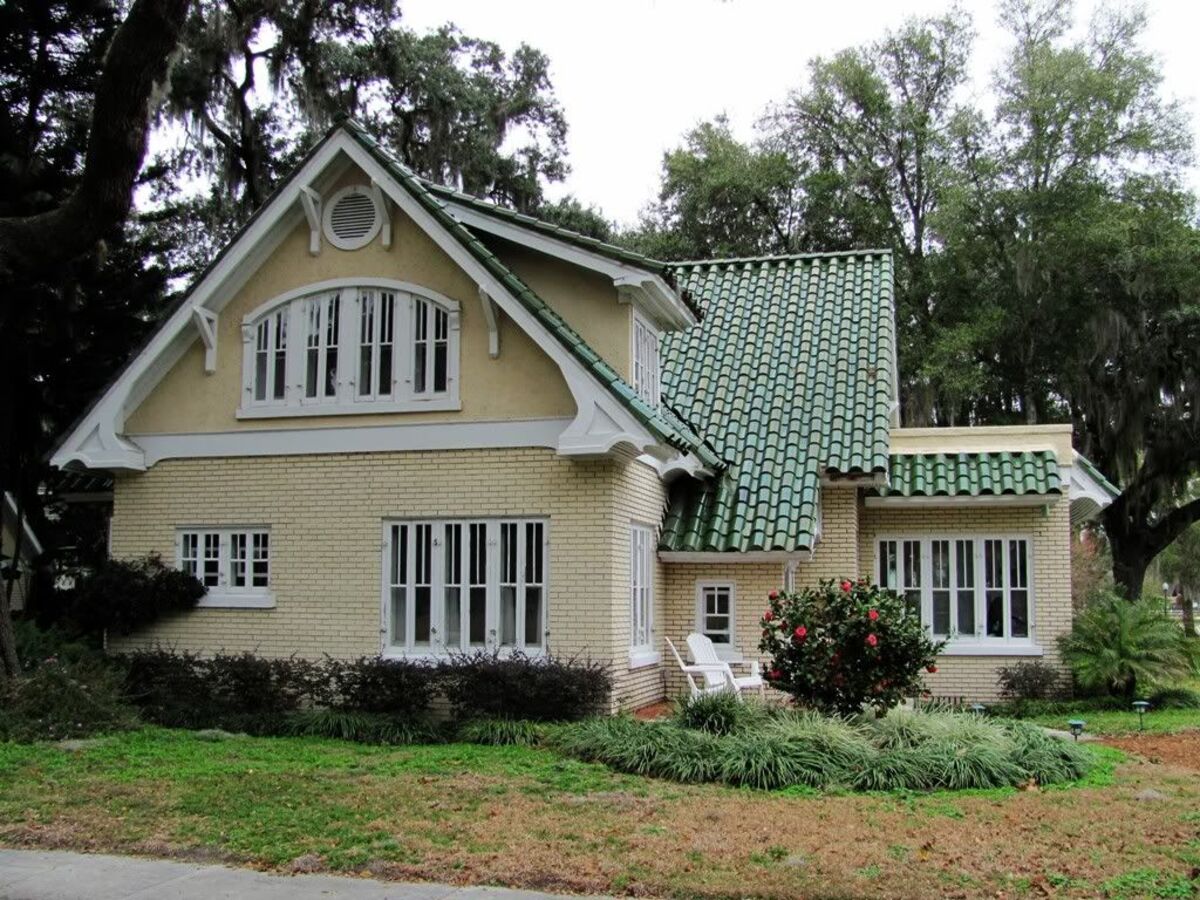
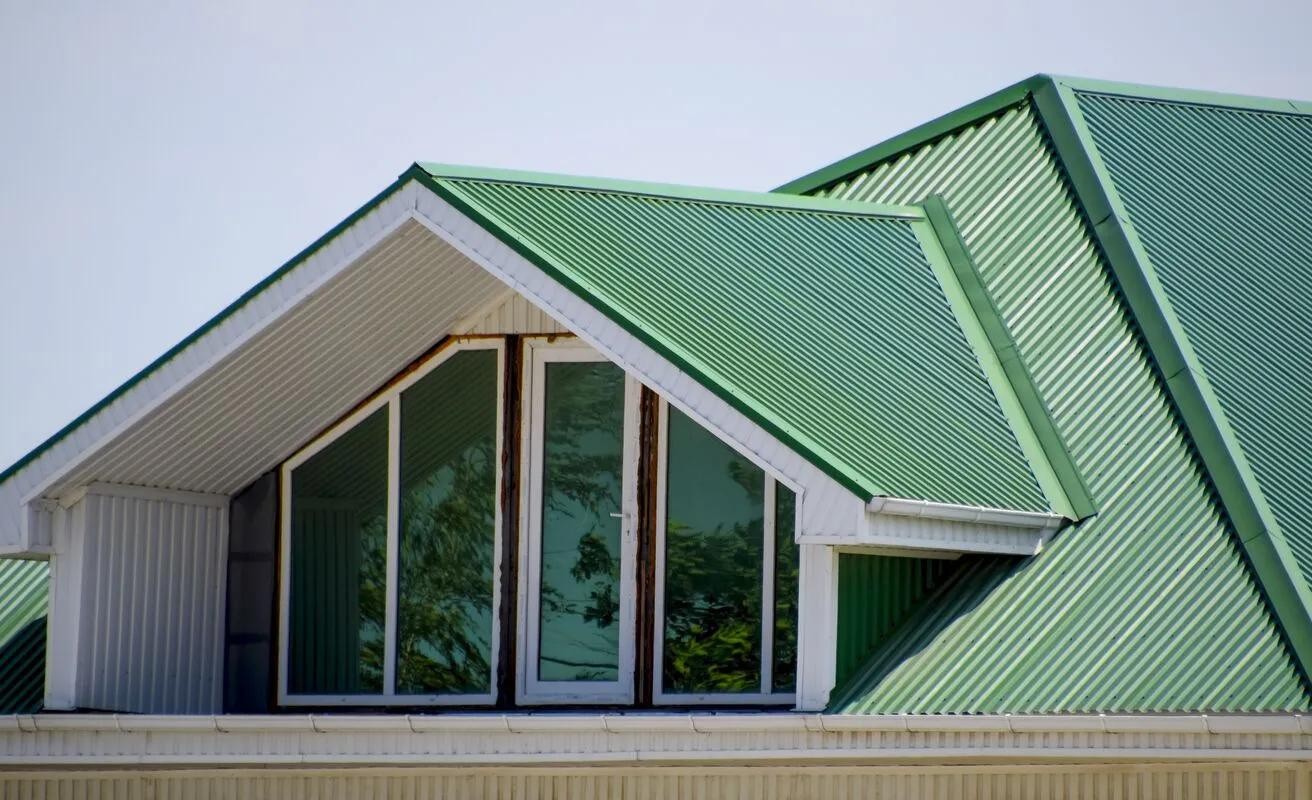
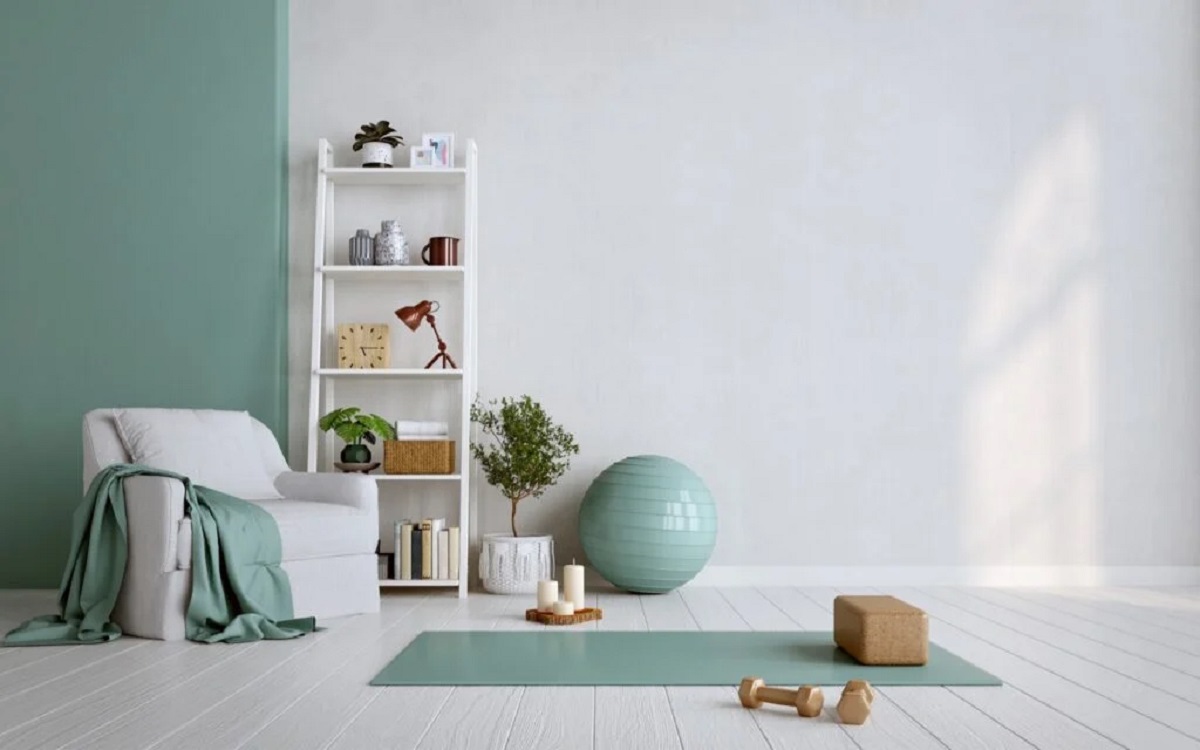
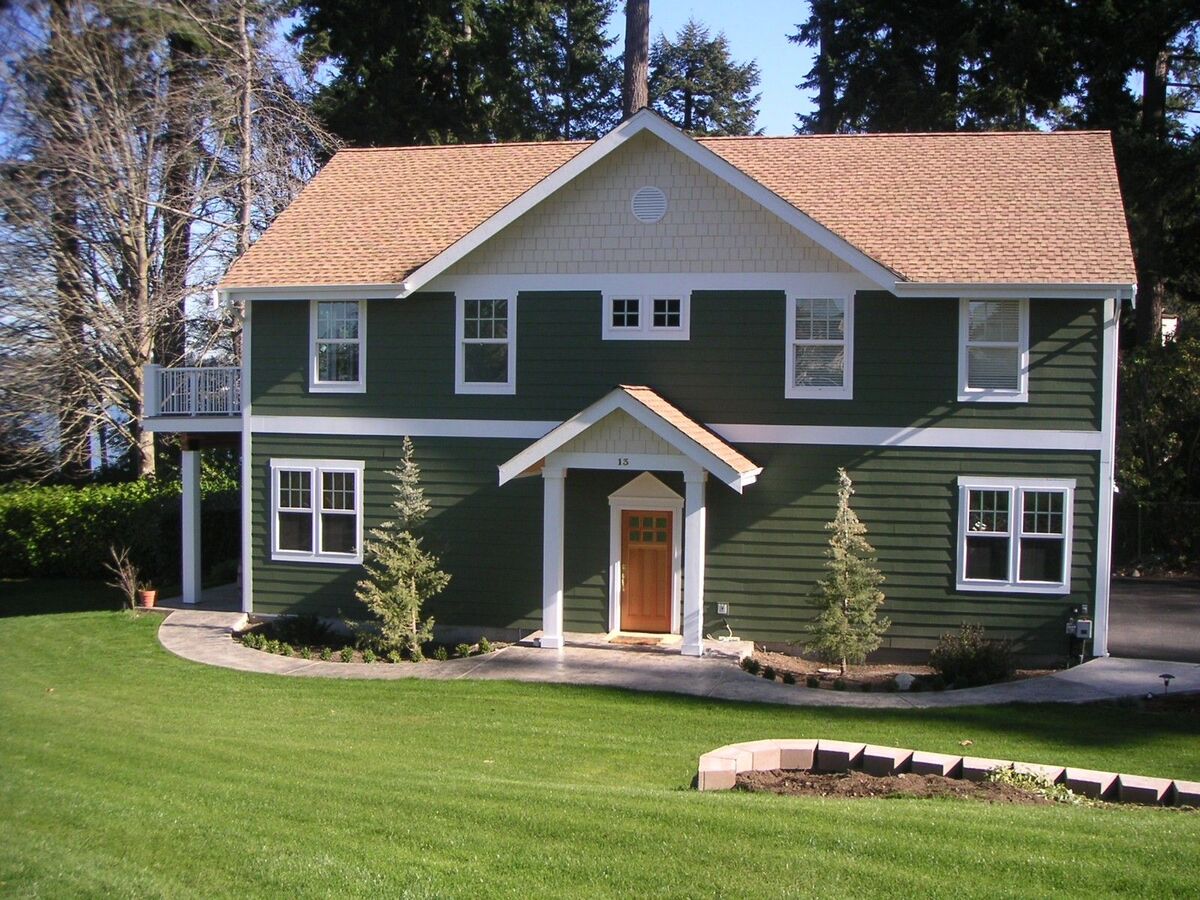
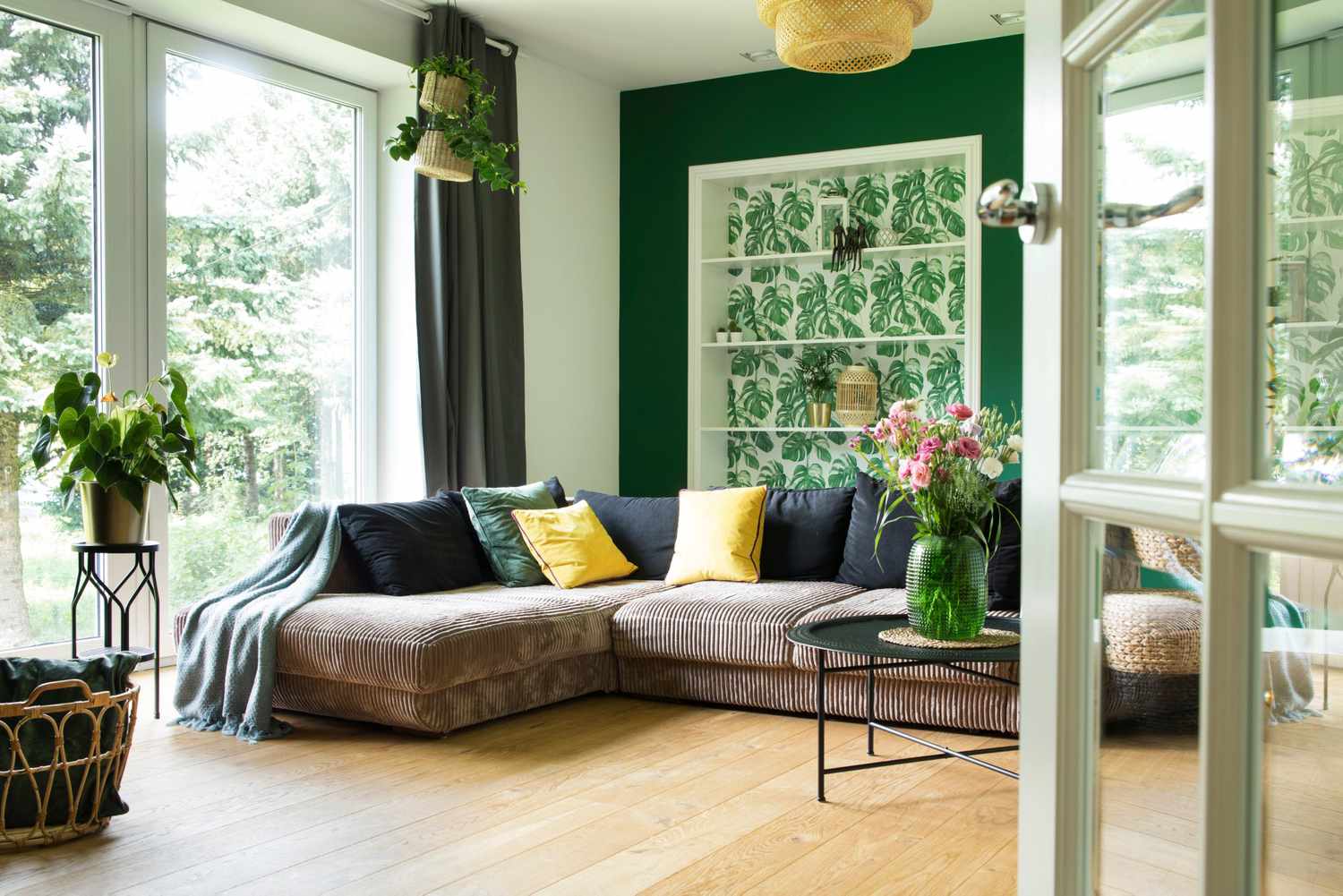
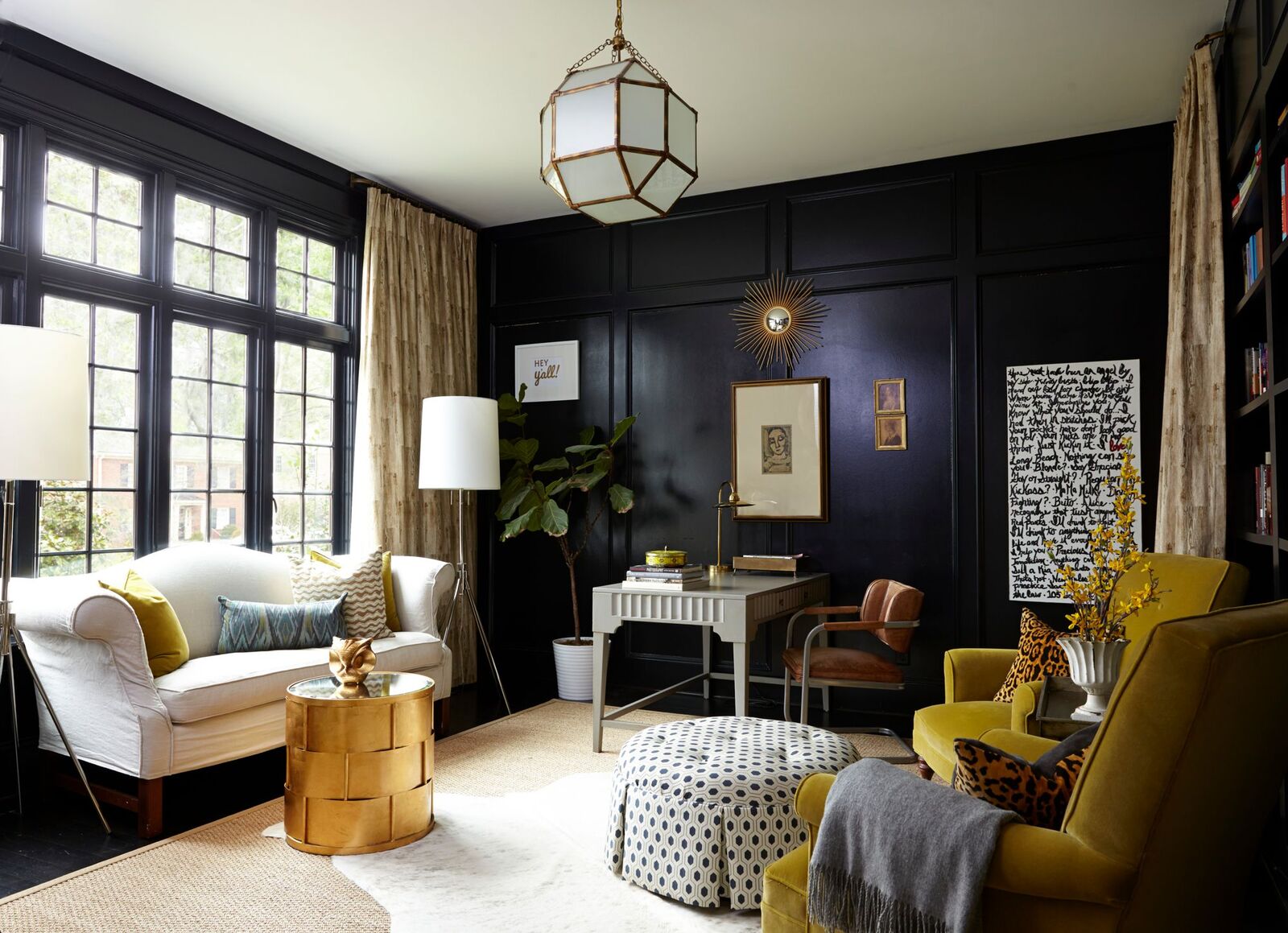
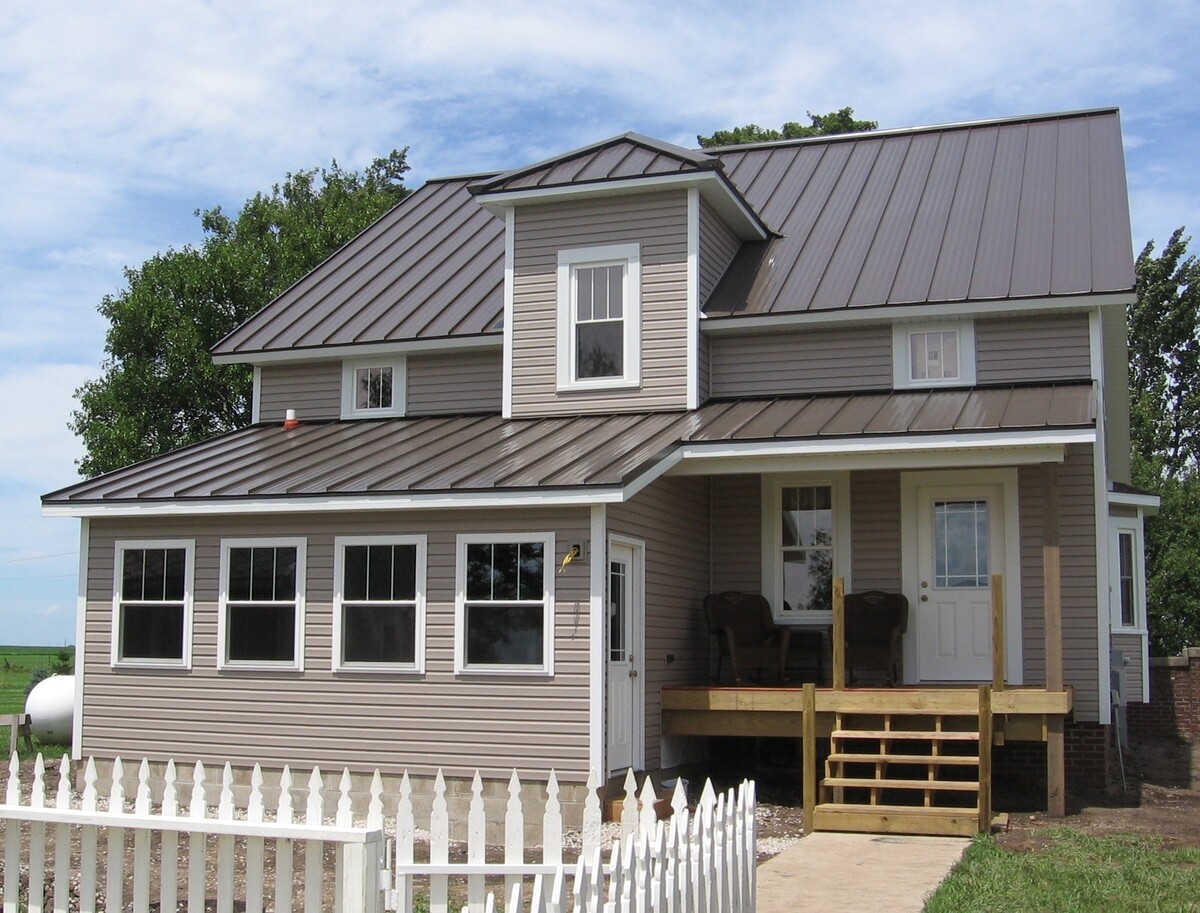
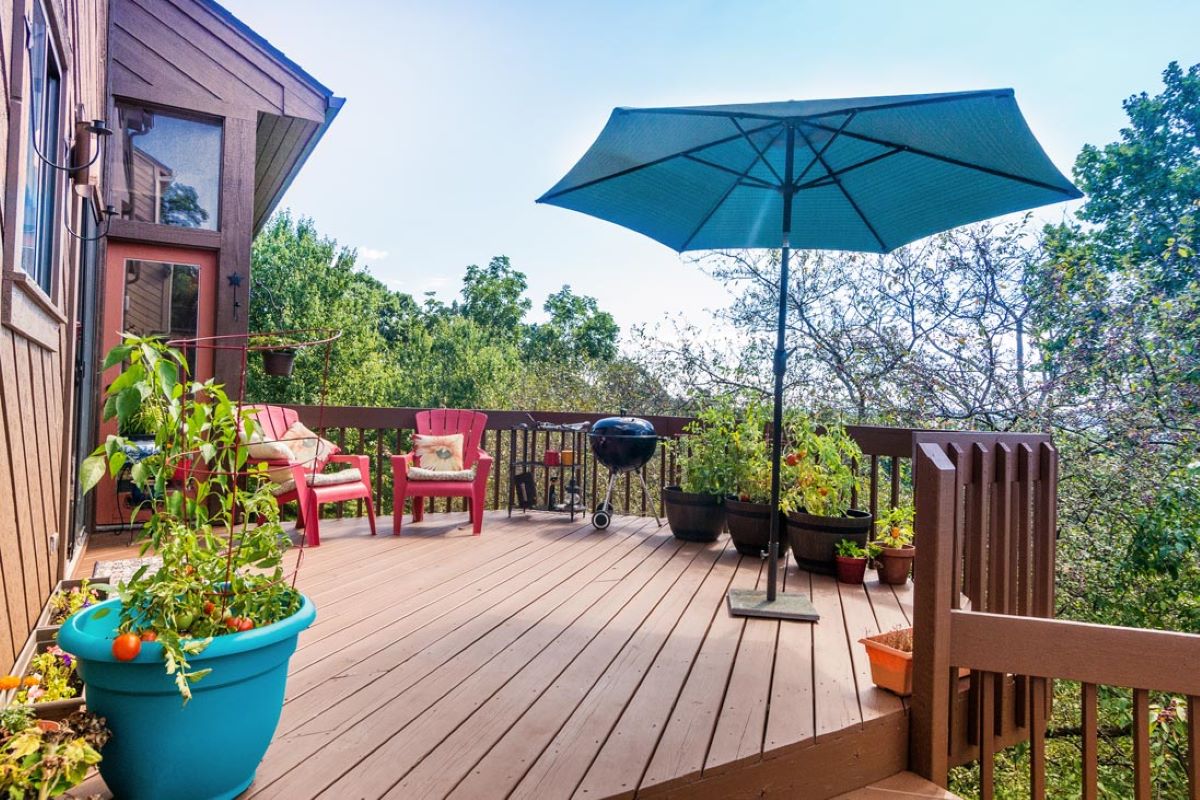
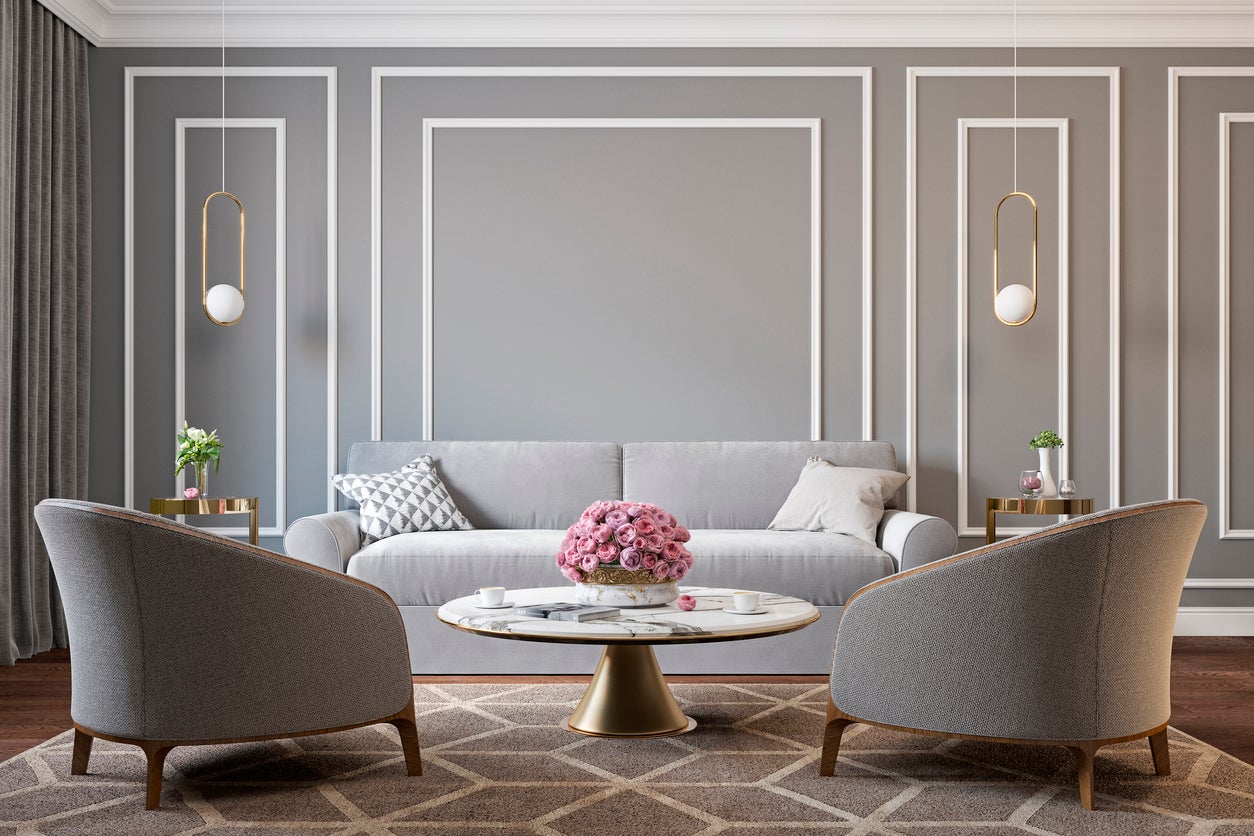
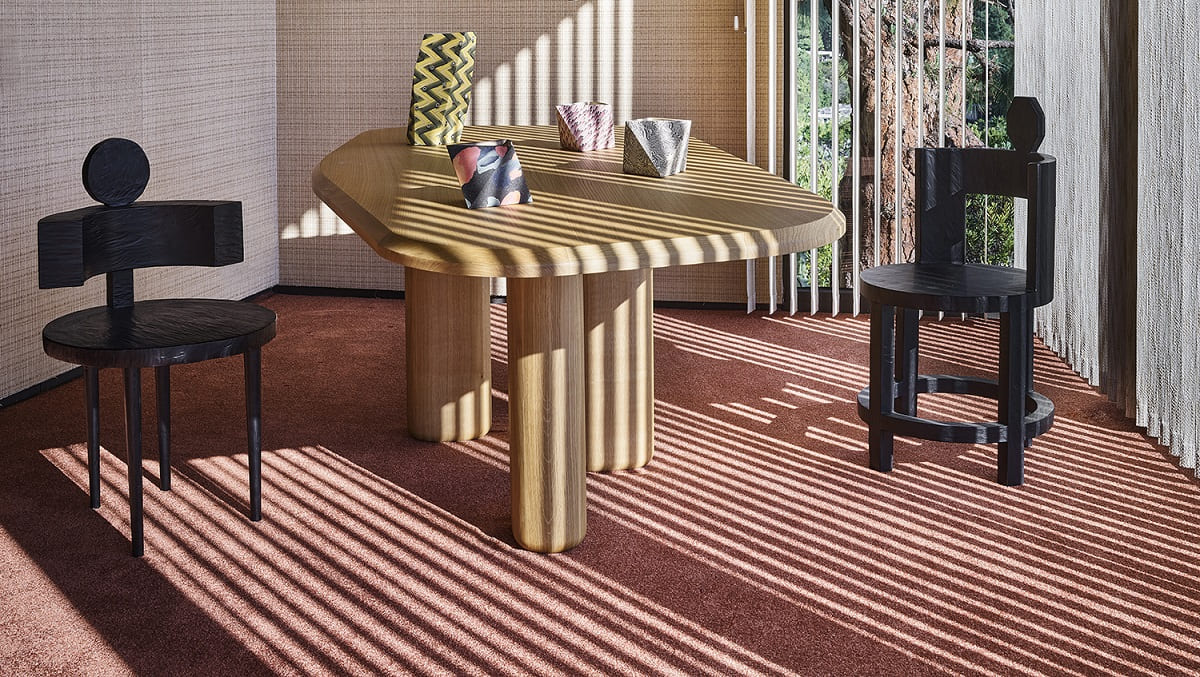


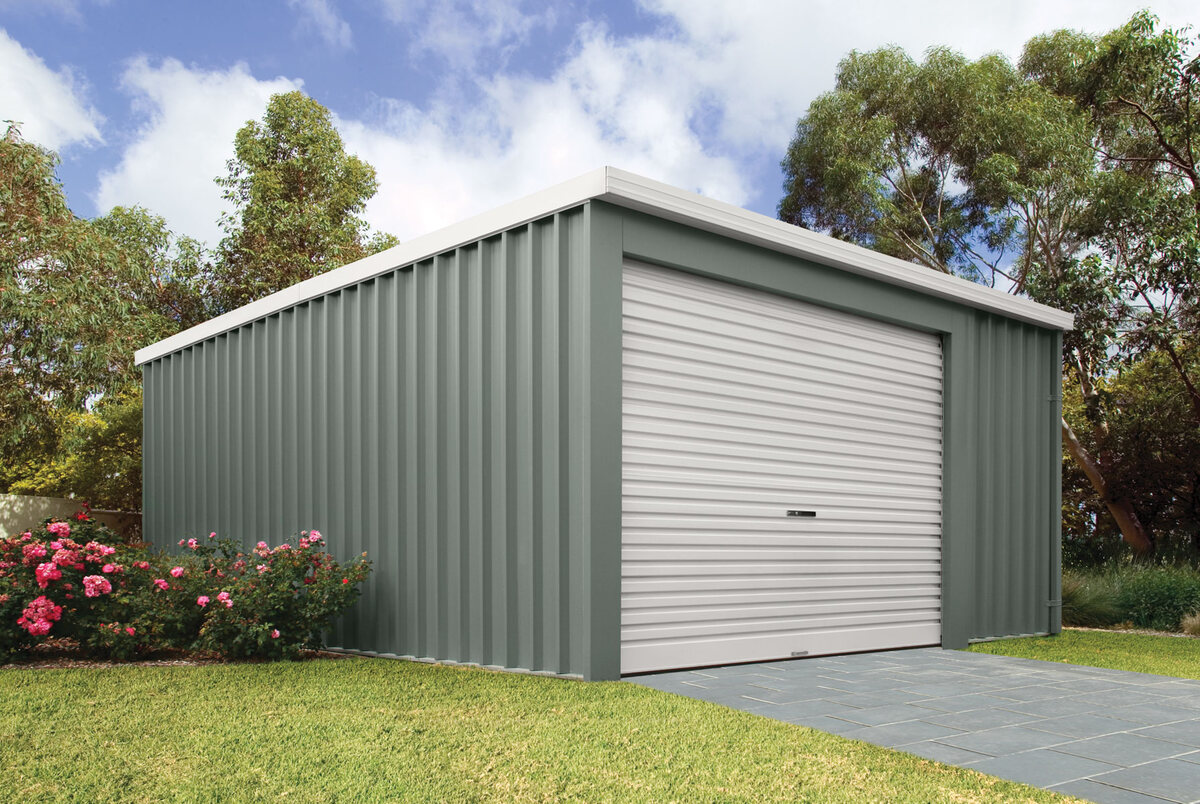

0 thoughts on “How To Pick A Roof Color”